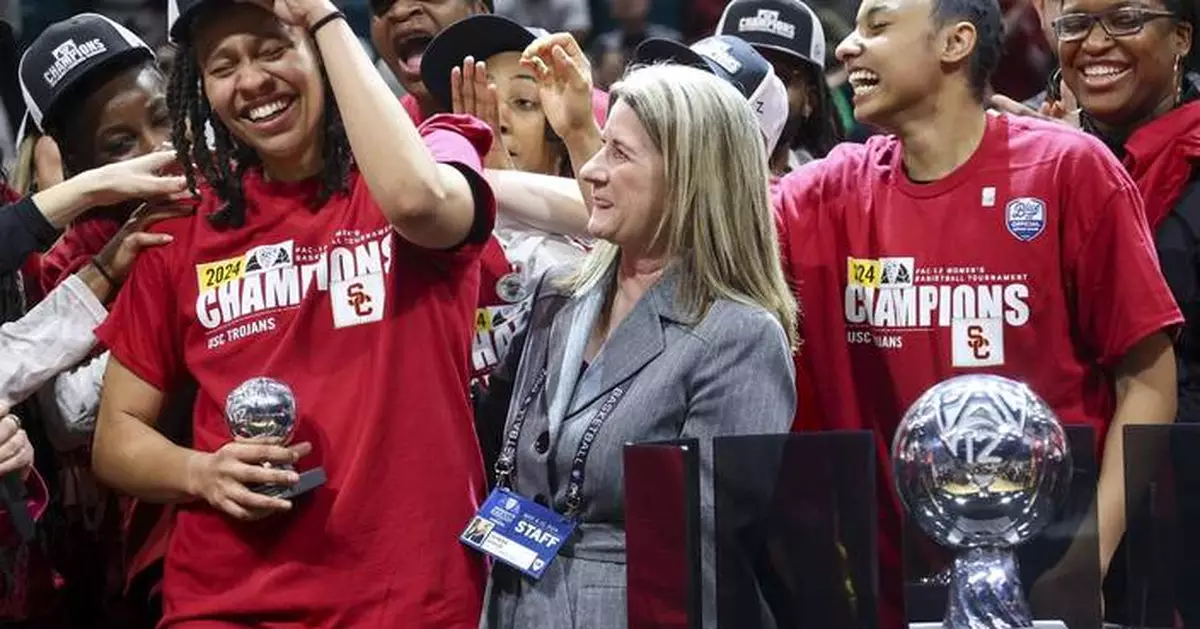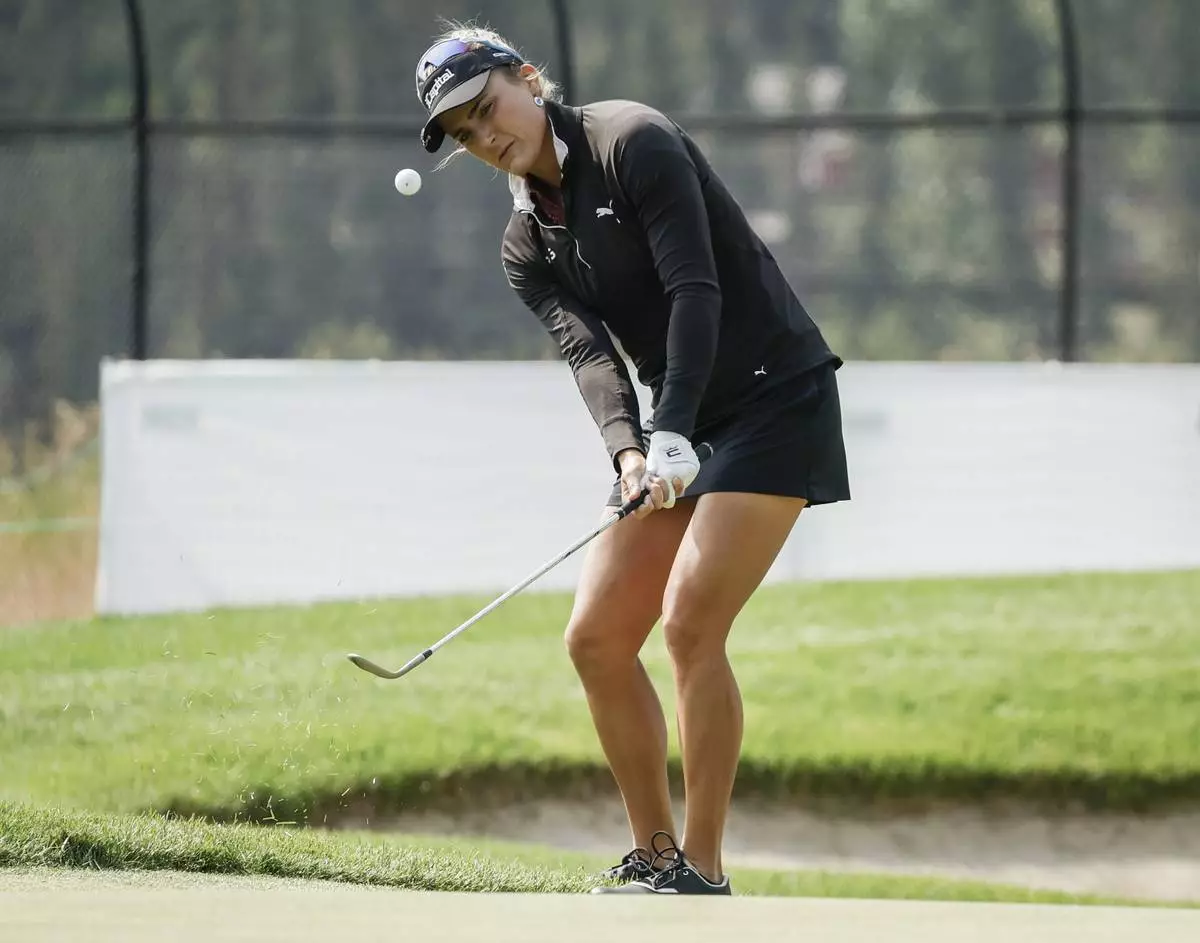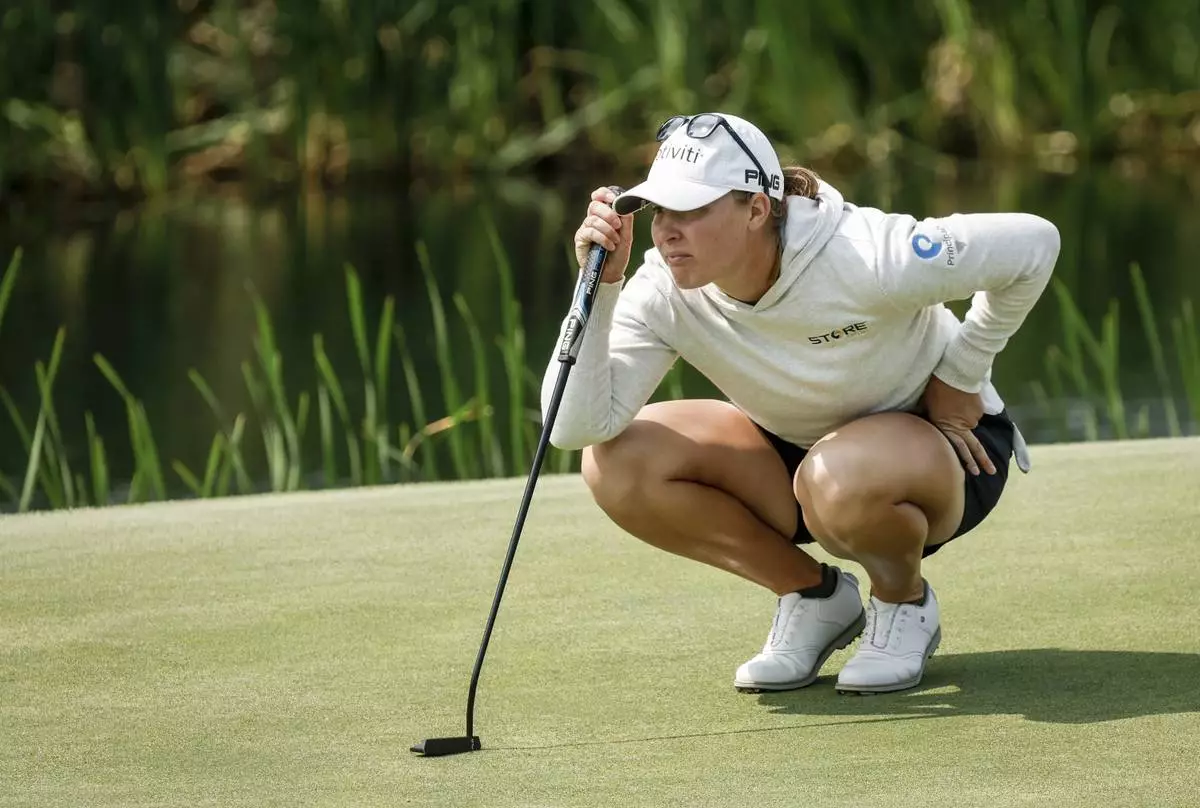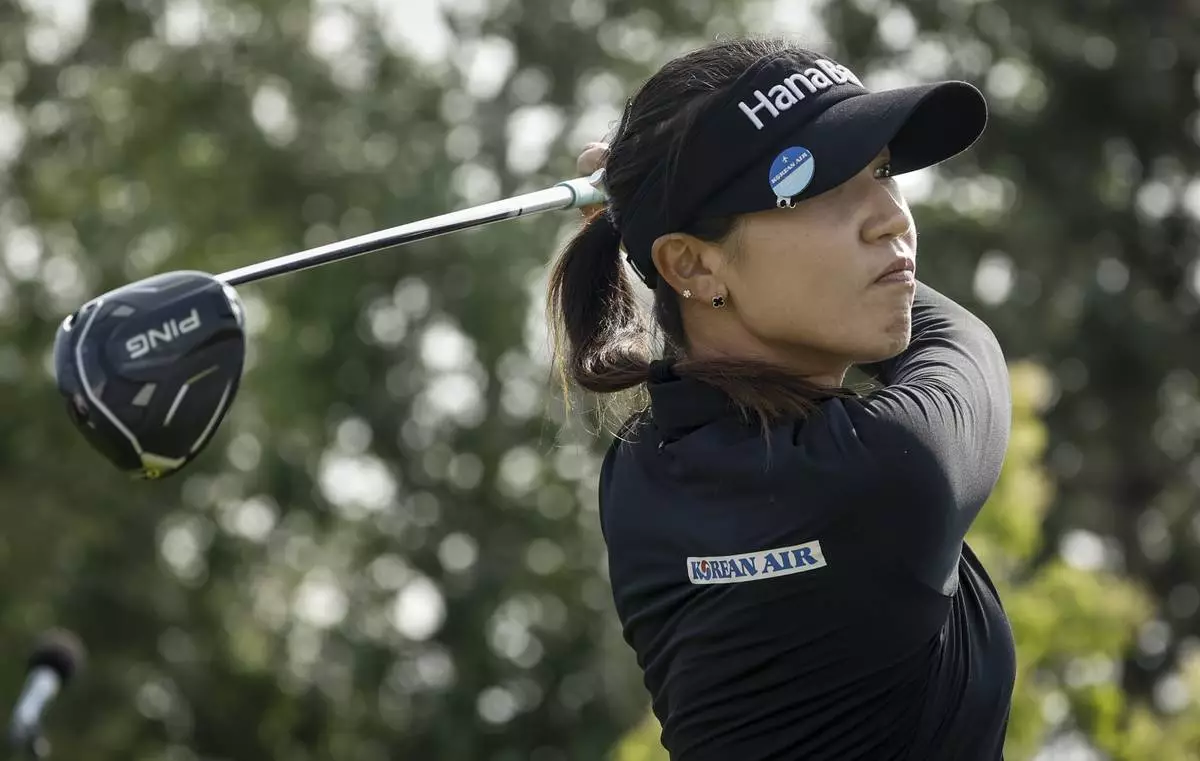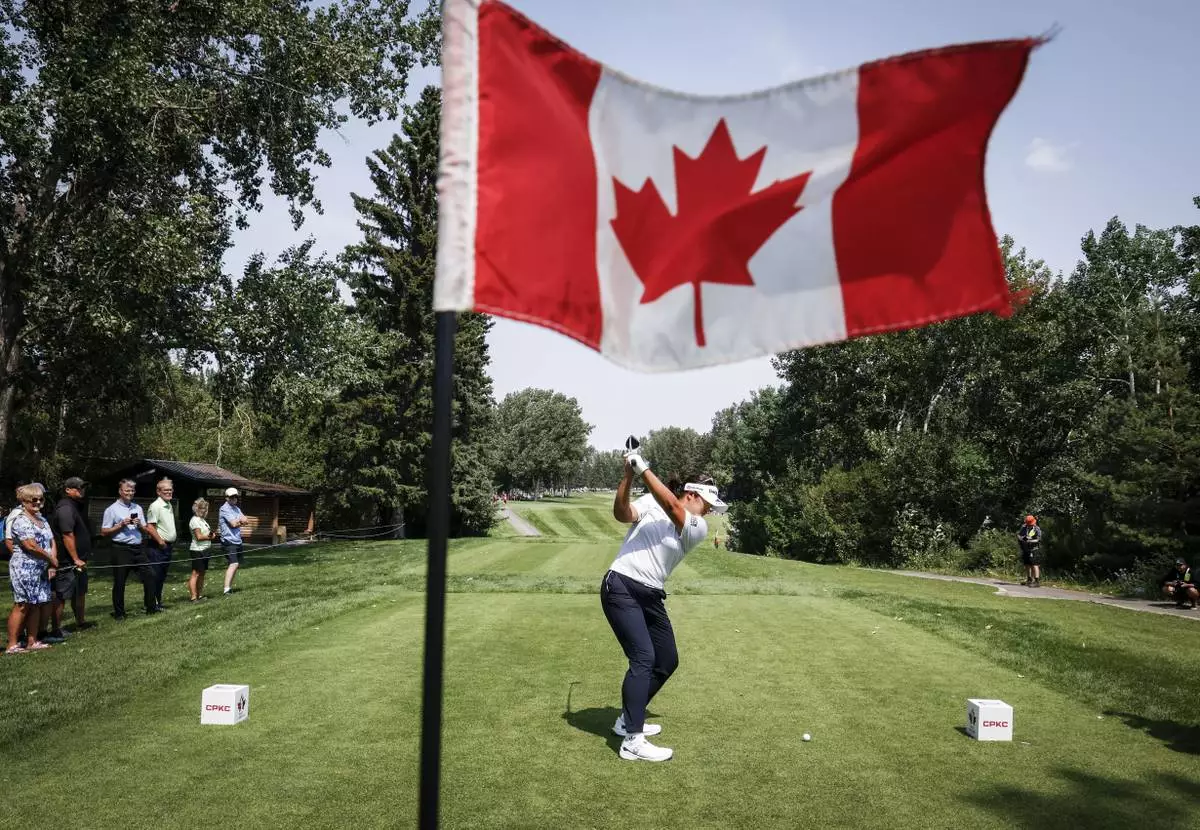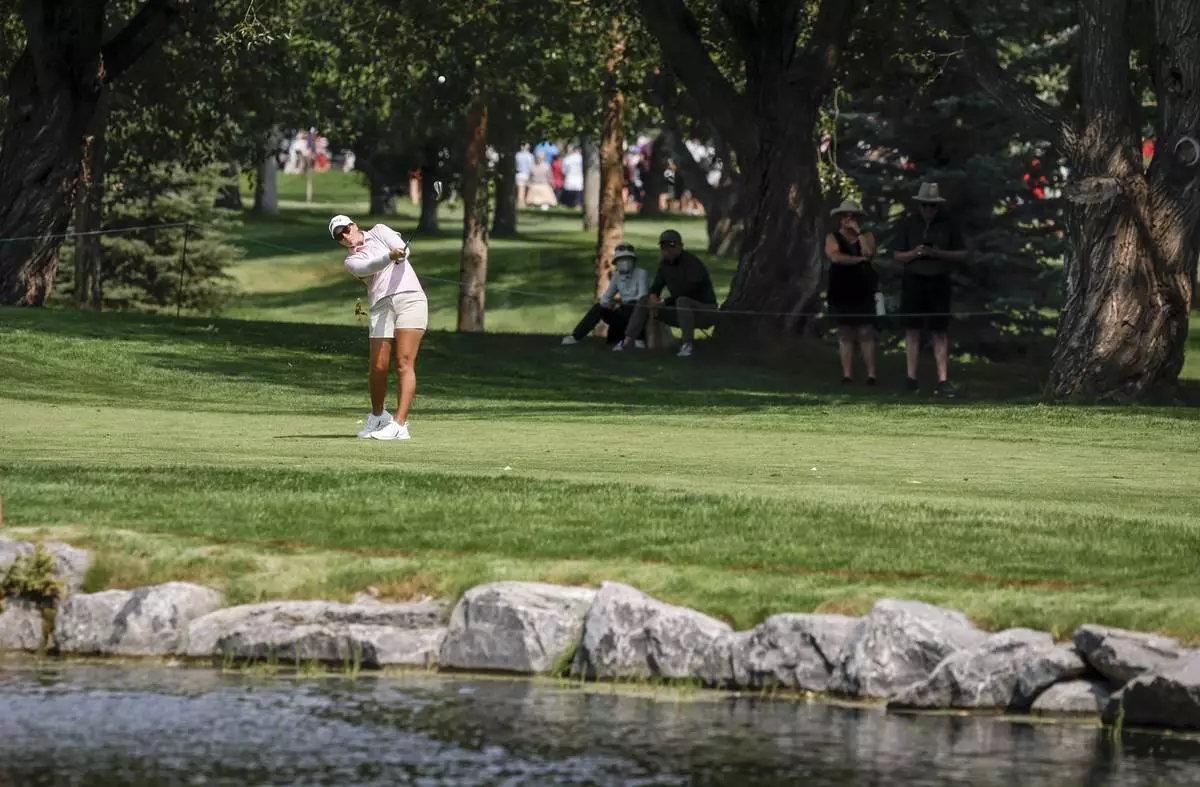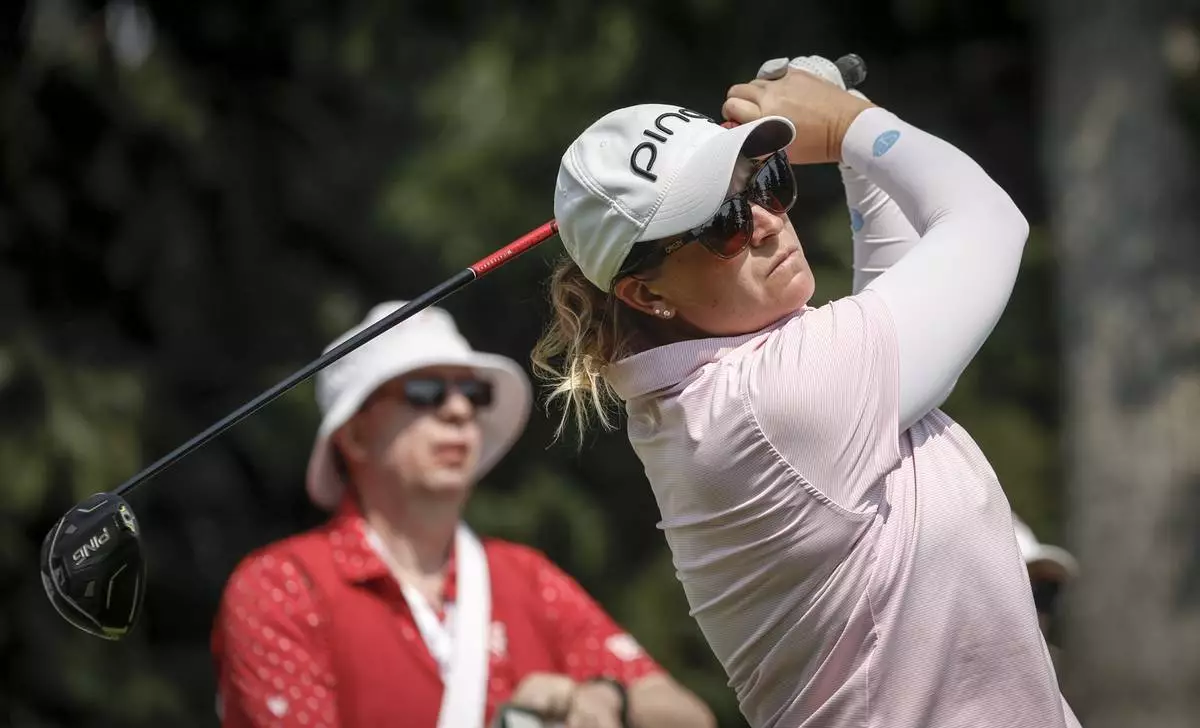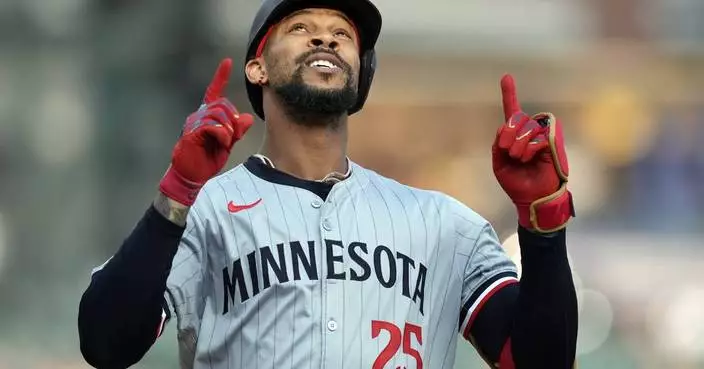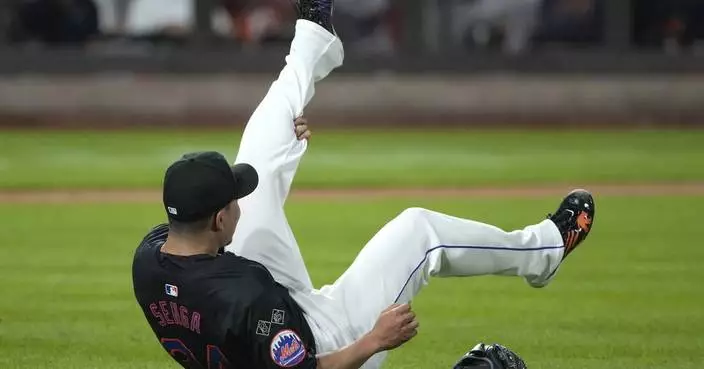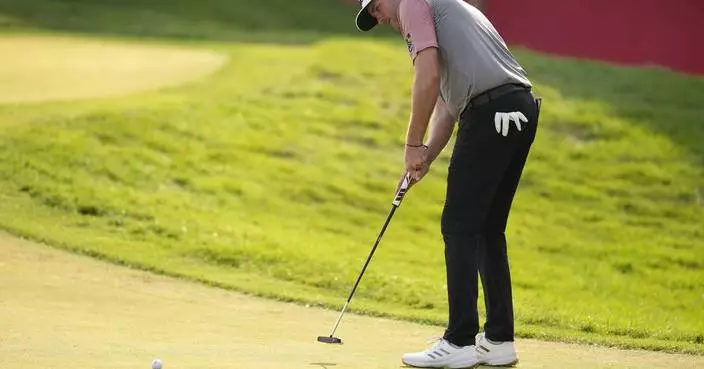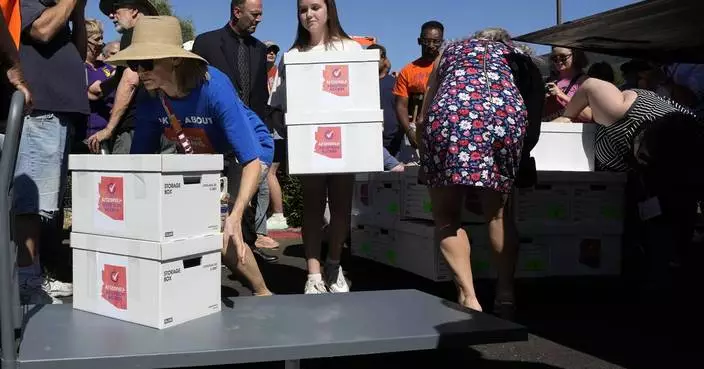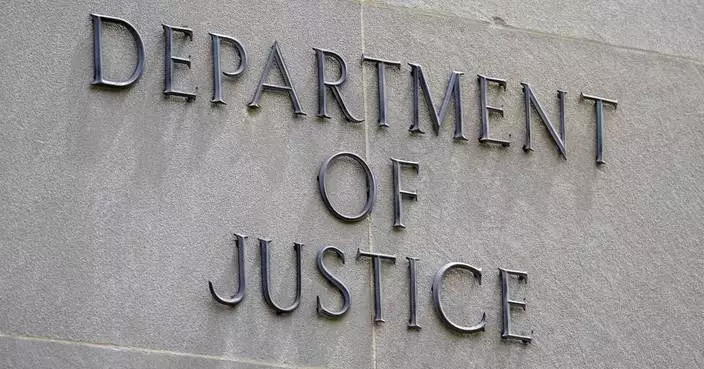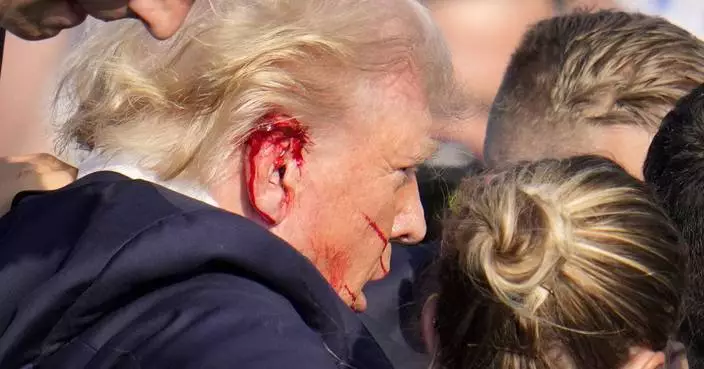The looming athlete pay system that will upend the traditional college sports model and still-to-be-determined details about how millions of dollars will be distributed are certain to bring questions about gender equity.
Of special interest will be whether schools must comply with Title IX, the federal law that prohibits sex discrimination in any school or education program that receives federal funds.
There are many questions to be addressed should a $2.77 billion settlement of House vs. NCAA end up being approved by a federal judge in the months ahead after a key step forward by the NCAA and major conferences Thursday night. Among other things, the settlement is expected to allow the nation's wealthiest schools to spend approximately $20 million each year on their own athletes, beginning as soon as next year.
Michael LeRoy, a University of Illinois labor and sports law professor, and Iliana Konidaris, a New York civil rights attorney, said Title IX rules will apply if the schools are tasked with directing payments to athletes.
Konidaris said it will be critical for the U.S. Department of Education’s Office for Civil Rights to provide guidance on how revenue sharing and name, image and likeness compensation should be paid to keep schools in Title IX compliance.
“If the universities are going to end up exerting control over the revenue sharing,” Konidaris said, “you’re going to need to address pay equity very head-on.”
A New York sports attorney, Christina Stylianou, said her first instinct is that Title IX would not apply because athletes would be essentially selling their media rights to their school. That said, Stylianou expects the Title IX question to be heavily litigated.
The landmark 1972 law is intended to ensure equity between men and women in education. It applies to the classroom, sexual assault and violence on campus, employment, discrimination, admissions, financial assistance with tuition and of course athletics.
Women’s and men’s teams are to be treated equally under the law, though that doesn’t necessarily mean that each sport will have exactly the same budget for equipment, facilities, travel or meals. Athletic departments work under what is known as “equal in effect,” meaning a benefit for a men’s or women’s team in one area can be offset in another area as long as “the overall effects of any differences is negligible.”
LeRoy said he understands the rationale for arguing that football and men's basketball players should receive larger portions of the upcoming revenue because their sports account for nearly all the conference and NCAA broadcast rights fees.
If market value is heavily weighed when determining pay, he said, it would be a stretch to believe there would be a 50-50 split between male and female athletes. But, he said, there need to be provisions for women.
“I’m not making the argument it should be divided up equally,” LeRoy said. “By bringing it inside the athletic department, I don’t expect the distribution to be equal. But there is an inherent contradiction or problem if women get short-changed.”
LeRoy said the situation is reminiscent of the legal action taken by the U.S. women’s soccer national team for unequal pay compared with the U.S. men’s team. The women’s team prevailed in a settlement after initially claiming the U.S. Soccer Federation violated the Equal Pay Act of 1963 and Title VII, which prohibits employment discrimination based on race, color, religion, sex and national origin.
Though college athletes are not yet considered employees, LeRoy and Konidaris said a legal argument could be made that direct school-to-athlete payments push athletes to the brink of being employees and that Title VII could apply.
“They’re going to have in the settlement the idea (that) this isn’t employment,” LeRoy said. “Then what you’re doing is saying a multibillion-dollar industry called NCAA Athletics is going to be treated differently than any other business in America. You cannot have separate pay.”
If the schools opt to not handle payments in-house and leave athlete compensation to booster-backed collectives eager to connect athletes and sponsorship money, that could be a way to get around Title IX regulations.
Hours after the NCAA settlement was announced, Oklahoma softball player Tiare Jennings was asked about the importance of the step. She pointed to post-college security for athletes.
“I think what they get when they leave college, just to have a foundation, have something for their future families, for themselves, just to have some security blanket when you leave college," she said. "Knowing that you can go invest or start a business, stuff like that, to just kick-start your life.”
Konidaris said schools that take care of their female athletes monetarily could develop stronger women's sports programs.
“The universities that really double down on equity in college sports will be rewarded by better programs for female athletes that I think in the coming 10 years are going to be revenue-generating, just based on public interest and momentum for women’s sport,” Konidaris said.
The recent surge in women's sports popularity, spawned by the star power of basketball players such as Caitlin Clark, Angel Reese and others, could not have been better timed, Konidaris said. Female athletes, she said, should view the moment as “an opportunity to be aggressive, to negotiate as hard as they possibly can to litigate and go after fairness and equity in pay.”
LeRoy agreed it is a pivotal moment for women's sports.
“The question,” he said, "is whether they're going to be stuck with a compensation model for the next 10 years that reflects the past, not the future?”
This version corrects Christina Stylianou's area of practice. Stylianou is a sports attorney, not a civil rights attorney.
AP Sports Writer Cliff Brunt contributed to this report.
AP college football: https://apnews.com/hub/college-football
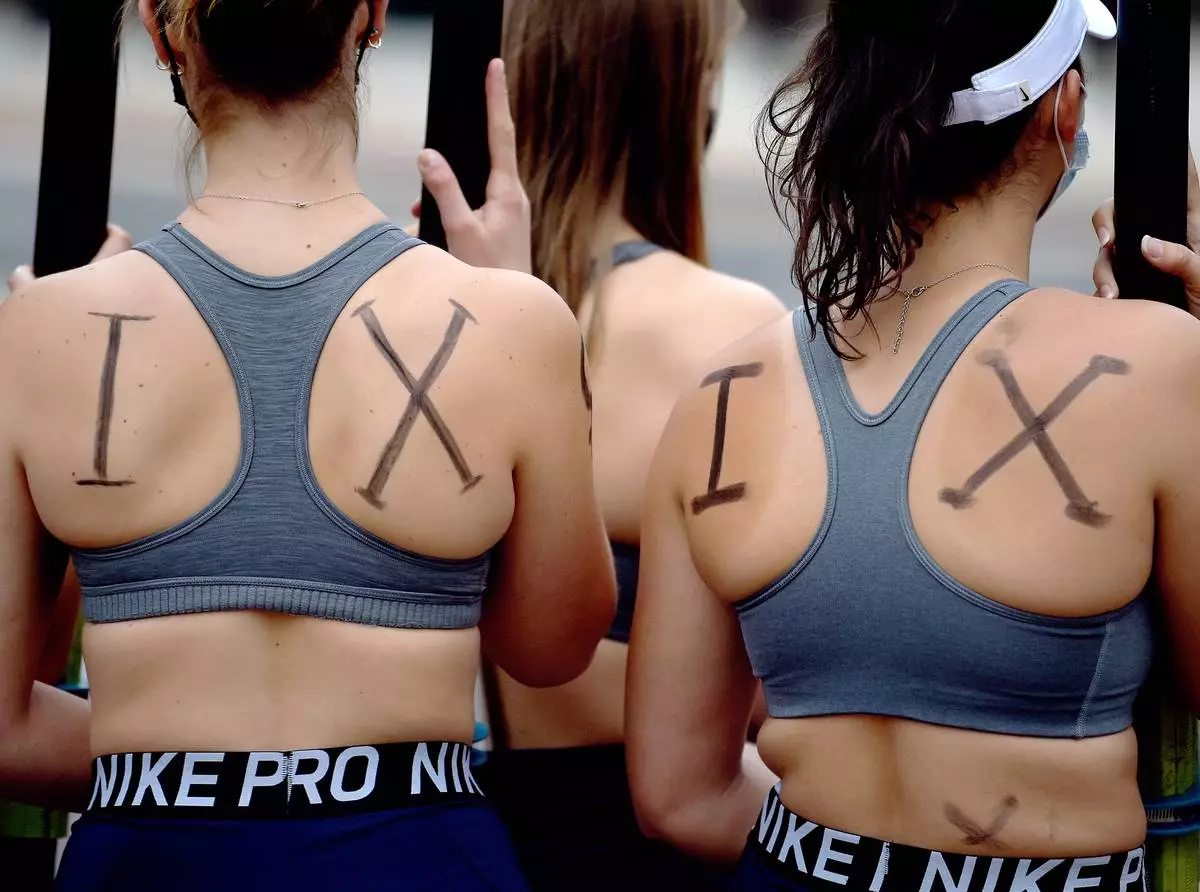
FILE - Members of the UConn women's rowing team rally about being cut by the university after the season, in Storrs, Conn., April 19, 2021. The looming athlete pay system that will upend the traditional college sports model and still-to-be-determined details about how millions of dollars will be distributed are certain to bring questions about gender equity. Of special interest will be whether schools must comply with Title IX, the federal law that prohibits sex discrimination in any school or education program that receives federal funds. (Brad Horrigan/Hartford Courant via AP, File)

FILE - Southern California's McKenzie Forbes reacts after being presented the Pac-12 tournament Most Valuable Player trophy by Pac-12 Commissioner Teresa Gould after USC defeated Stanford in an NCAA college basketball game for the championship of the Pac-12 tournament March 10, 2024, in Las Vegas. The NCAA and the nation's five biggest conferences have agreed to pay nearly $2.8 billion to settle a host of antitrust claims,a monumental decision that sets the stage for a groundbreaking revenue-sharing model that could start directing millions of dollars directly to athletes as soon as the 2025 fall semester. (AP Photo/Ian Maule, File)


